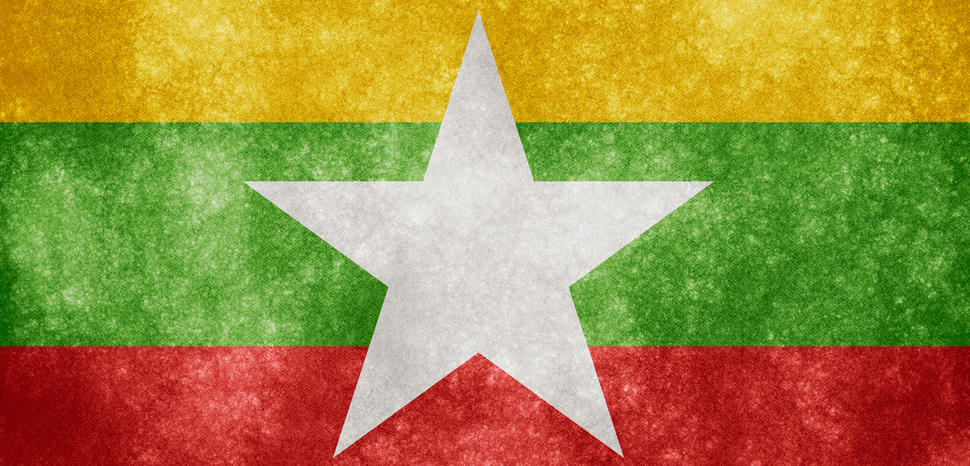The ongoing war in Myanmar, recognized as the world’s oldest conflict, is producing significant adverse effects for neighboring India and Bangladesh. Myanmar’s Chin State shares borders with both India and Bangladesh, while India also shares a border with the Sagaing Region, and Bangladesh shares a border with Rakhine State. The conflict has led to a refugee influx, economic disruptions, border tensions, and heightened security concerns, all of which contribute to regional instability.
The conflict in Myanmar is predominantly waged along ethnic lines, with Ethnic Armed Organizations (EAOs) confronting the military junta that seized power after overthrowing the democratically elected government in 2021. In Chin State, the Chin people constitute the majority ethnic group, while the Bamar (Burman) ethnic group is predominant in the Sagaing Region. Rakhine State is primarily inhabited by the Rakhine people, alongside the Rohingya Muslim minority group. Each of these ethnic groups has endured repression under various military regimes that have governed Myanmar for the past 70 years, and the atrocities perpetrated against the Rohingya have been officially recognized as genocide by the United States and numerous Western governments.




